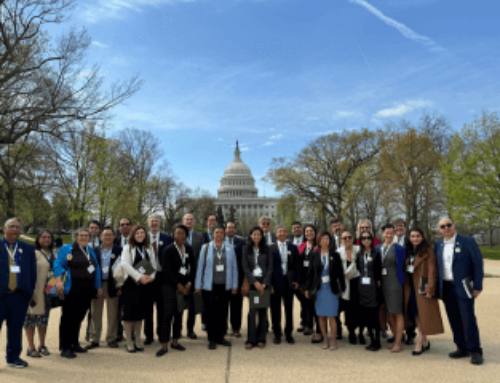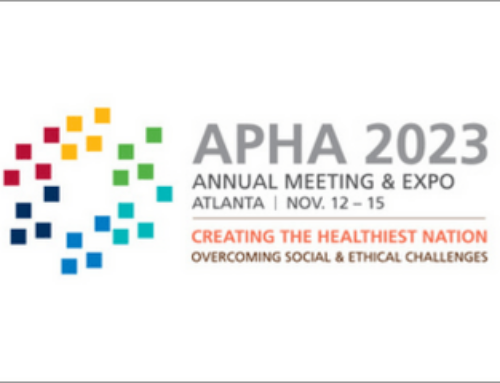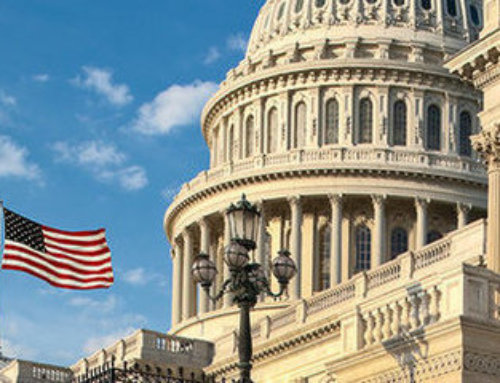In January, the Oregon Respiratory Therapist Licensing Board (ORTLB) issued proposed rules addressing the exemption of sleep labs. The purpose of the proposal was to develop regulatory language which would allow unlicensed individuals to practice certain areas of “respiratory care” within a sleep lab.
The proposal, as finalized by the ORTLB, would have required all non-hospital based sleep laboratory facilities to be accredited by October 1st 2010 and would have precluded sleep technologists from performing partial or full ventilatory support services involving tidal volume regulation or which require the setting of respiratory back-up rates.
The AASM worked closely with the Oregon Sleep Society (OSS) and it partners to reply to the proposal. The response was immediate and comprehensive. The comments submitted to the Oregon Health Licensing Agency (OHLA), the overseeing authority of the ORTLB, strongly opposed the timetable of implementing accreditation and precluding sleep technologists from performing partial or full ventilatory support services.
Because of our vigorous efforts, the OHLA filed a much more sensible Temporary Administrative Rule which went into effect on November 1, 2010. The Temporary Administrative Rule expires on April 30, 2011. The rule defines a sleep lab as: A physical space, including any commercial space, used by a hospital for conducting sleep testing and under the supervision of a medical director; or, a facility accredited by the American Academy of Sleep Medicine (AASM) for conducting sleep testing under the supervision of a medical director; or a facility provisionally accredited by the AASM for conducting sleep testing under the supervision of a medical director.
Sleep labs currently in operation which are not accredited and seeking an exemption of this requirement must be accredited by August 1, 2011. All documentation and information regarding the provisional accreditation or accreditation through the AASM must be made available to the agency if requested. All policies, procedures and protocols for unlicensed individuals related to positive airway pressure treatment and titration including but not limited to central and mixed sleep apnea must be made available to the agency if requested.
The AASM strongly recommends all Oregon sleep facilities apply for AASM Accreditation. Sleep Facilities can apply at:
https://aasm.org/accreditation/
The Temporary Rule also allows the following sleep care procedures to be performed in a sleep lab environment:
(a) Positive airway pressure titration on spontaneously breathing patients;
(b) Supplemental low-flow oxygen therapy during polysomnogram (up to 6 liters per minute);
(c) Capnography during polysomnogram;
(d) Cardiopulmonary resuscitation;
(e) Pulse oximetry;
(f) Electrocardiography;
(g) Respiratory effort including thoriac and abdominal;
(h) Plethysmography blood flow;
(i) Nasal and oral airflow monitoring;
(j) Monitoring the effects positive airway pressure, used to treat sleep-related breathing disorders, has on sleep patterns, provided that the device does not extend into the trachea;
(k) Monitoring the effect on sleep patterns of an oral device that does not extend into the trachea and that is used to treat sleep apnea;
(l) Maintenance of nasal and oral airways that do not extend into the trachea;
(m) The use of continuous positive airway pressure and bi-level modalities;
(n) Set-up for use of durable medical equipment; and
(o) Long term follow-up care.
The exemption under this rule allows a sleep technologist to provide partial or full ventilatory support services involving tidal volume regulation or which require the setting of respiratory back-up rates where these services are for the treatment of central and mixed sleep apnea.
The AASM will again be closely working with the OSS and it partners in 2011 on a legislative initiative to license sleep technologists. Licensure will ensure public safety. It will require that sleep technologists undergo background screening and demonstrate clinical competence based on appropriate nationally established standards. Licensure will also protect the sleep technology scope of practice. Establishing licensure is necessary and reasonable.








